I have a JFrame that I've set to a certain size, using setBounds. However, that makes the window, including the borders, that size (which in hindsight makes complete sense). But what I want is for the size of the window it be, say, 800x600 plus the borders. This is important because I'm drawing to a Graphics object from the BufferStategy from the JFrame, but I've been drawing underneath the title bar when using a y value of less than about 20. I imagine different OSs (or even different OS settings) can have different thickness borders, too. I thought the borders were just tacked on a window afterwards, but this doesn't seem to be the case.
So, how do I make the space inside the borders a certain size, regardless of the thickness of the borders? Also, to make my life easier, how do I make point 0, 0 be the top left corner of the viewable contents of the frame?
By the way, using setUndecorated presents it's own problems, so I'm not trying that at the moment.
